Ankush Roy
Precipitation Nowcasting Using Physics Informed Discriminator Generative Models
Jun 14, 2024


Abstract:Nowcasting leverages real-time atmospheric conditions to forecast weather over short periods. State-of-the-art models, including PySTEPS, encounter difficulties in accurately forecasting extreme weather events because of their unpredictable distribution patterns. In this study, we design a physics-informed neural network to perform precipitation nowcasting using the precipitation and meteorological data from the Royal Netherlands Meteorological Institute (KNMI). This model draws inspiration from the novel Physics-Informed Discriminator GAN (PID-GAN) formulation, directly integrating physics-based supervision within the adversarial learning framework. The proposed model adopts a GAN structure, featuring a Vector Quantization Generative Adversarial Network (VQ-GAN) and a Transformer as the generator, with a temporal discriminator serving as the discriminator. Our findings demonstrate that the PID-GAN model outperforms numerical and SOTA deep generative models in terms of precipitation nowcasting downstream metrics.
Extreme Precipitation Nowcasting using Transformer-based Generative Models
Mar 06, 2024Abstract:This paper presents an innovative approach to extreme precipitation nowcasting by employing Transformer-based generative models, namely NowcastingGPT with Extreme Value Loss (EVL) regularization. Leveraging a comprehensive dataset from the Royal Netherlands Meteorological Institute (KNMI), our study focuses on predicting short-term precipitation with high accuracy. We introduce a novel method for computing EVL without assuming fixed extreme representations, addressing the limitations of current models in capturing extreme weather events. We present both qualitative and quantitative analyses, demonstrating the superior performance of the proposed NowcastingGPT-EVL in generating accurate precipitation forecasts, especially when dealing with extreme precipitation events. The code is available at \url{https://github.com/Cmeo97/NowcastingGPT}.
Design, Analysis & Prototyping of a Semi-Automated Staircase-Climbing Rehabilitation Robot
Sep 21, 2018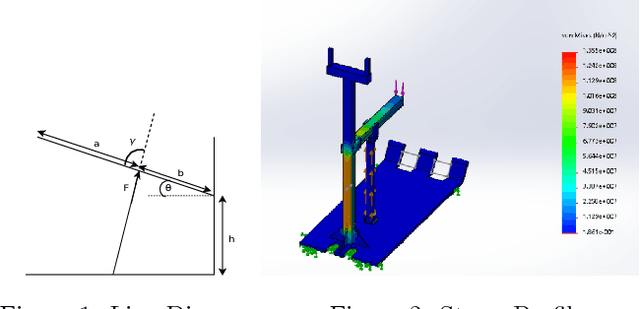
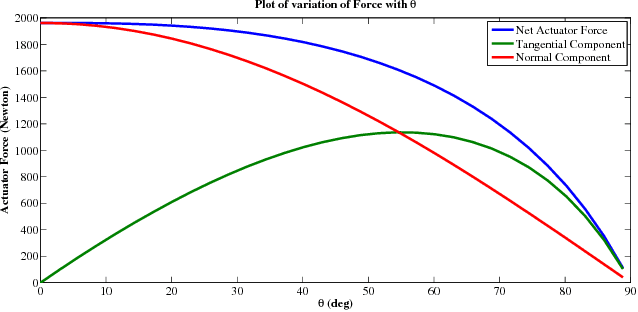
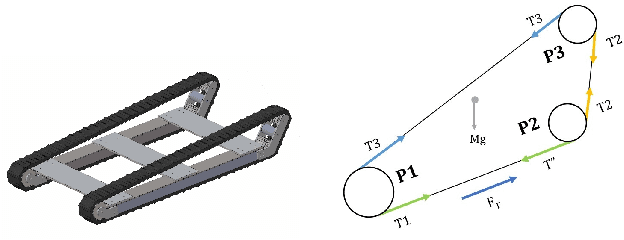
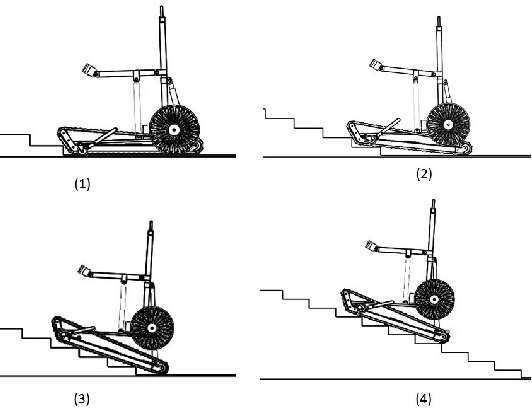
Abstract:In this paper, we describe the mechanical design, system overview, integration and control techniques associated with SKALA, a unique large-sized robot for carrying a person with physical disabilities, up and down staircases. As a regular wheelchair is unable to perform such a maneuver, the system functions as a non-conventional wheelchair with several intelligent features. We describe the unique mechanical design and the design choices associated with it. We showcase the embedded control architecture that allows for several different modes of teleoperation, all of which have been described in detail. We further investigate the architecture associated with the autonomous operation of the system.
Modular Decomposition and Analysis of Registration based Trackers
Mar 25, 2016



Abstract:This paper presents a new way to study registration based trackers by decomposing them into three constituent sub modules: appearance model, state space model and search method. It is often the case that when a new tracker is introduced in literature, it only contributes to one or two of these sub modules while using existing methods for the rest. Since these are often selected arbitrarily by the authors, they may not be optimal for the new method. In such cases, our breakdown can help to experimentally find the best combination of methods for these sub modules while also providing a framework within which the contributions of the new tracker can be clearly demarcated and thus studied better. We show how existing trackers can be broken down using the suggested methodology and compare the performance of the default configuration chosen by the authors against other possible combinations to demonstrate the new insights that can be gained by such an approach. We also present an open source system that provides a convenient interface to plug in a new method for any sub module and test it against all possible combinations of methods for the other two sub modules while also serving as a fast and efficient solution for practical tracking requirements.
Machine Assisted Authentication of Paper Currency: an Experiment on Indian Banknotes
Jun 05, 2015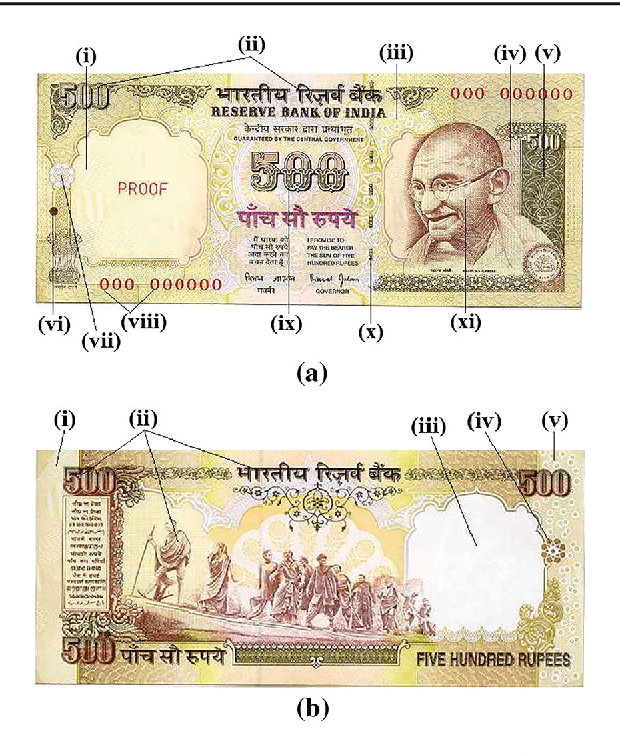
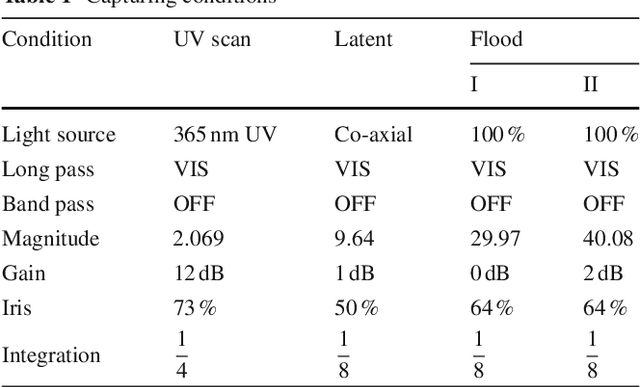
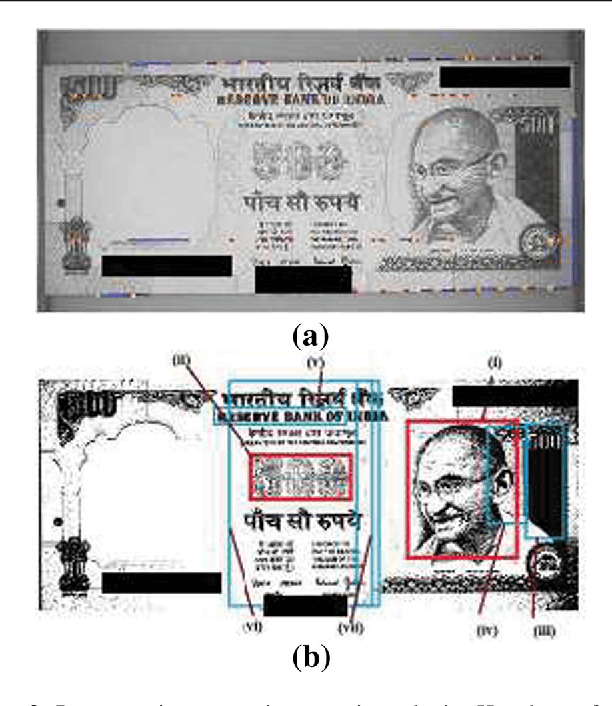
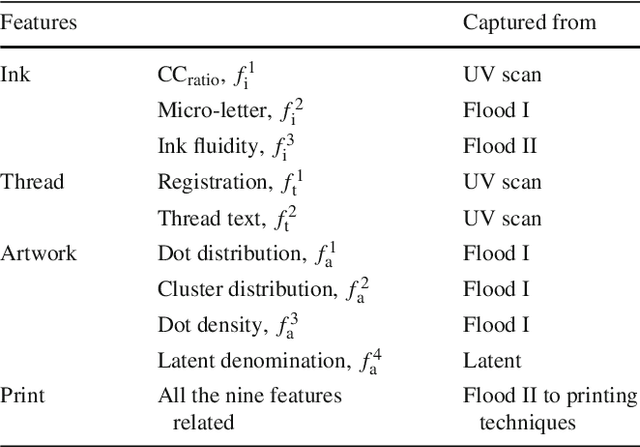
Abstract:Automatic authentication of paper money has been targeted. Indian bank notes are taken as reference to show how a system can be developed for discriminating fake notes from genuine ones. Image processing and pattern recognition techniques are used to design the overall approach. The ability of the embedded security aspects is thoroughly analysed for detecting fake currencies. Real forensic samples are involved in the experiment that shows a high precision machine can be developed for authentication of paper money. The system performance is reported in terms of both accuracy and processing speed. Comparison with human subjects namely forensic experts and bank staffs clearly shows its applicability for mass checking of currency notes in the real world. The analysis of security features to protect counterfeiting highlights some facts that should be taken care of in future designing of currency notes.
 Add to Chrome
Add to Chrome Add to Firefox
Add to Firefox Add to Edge
Add to Edge